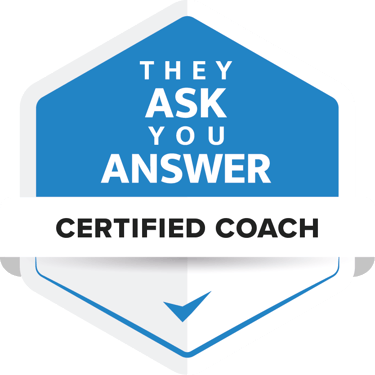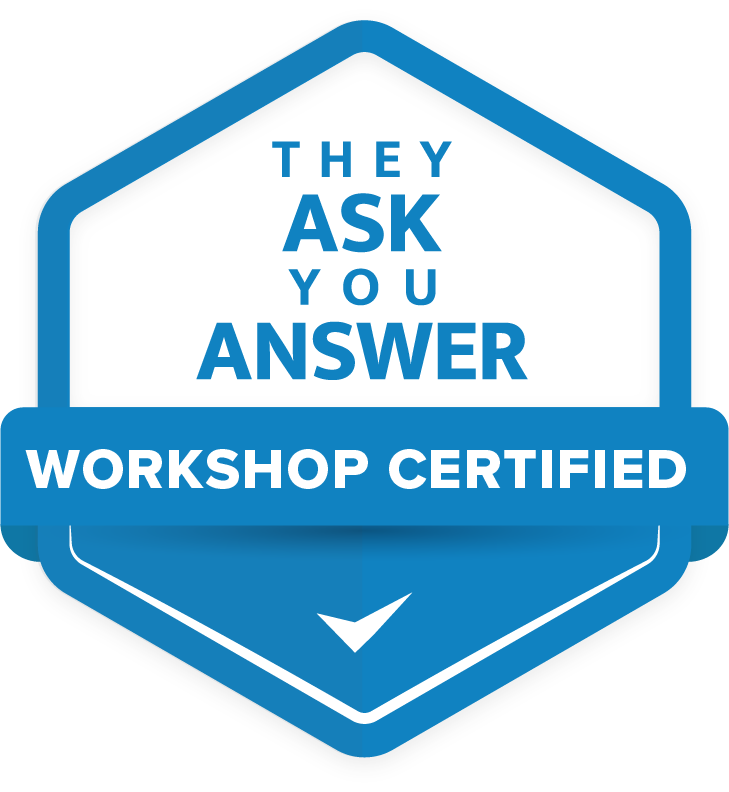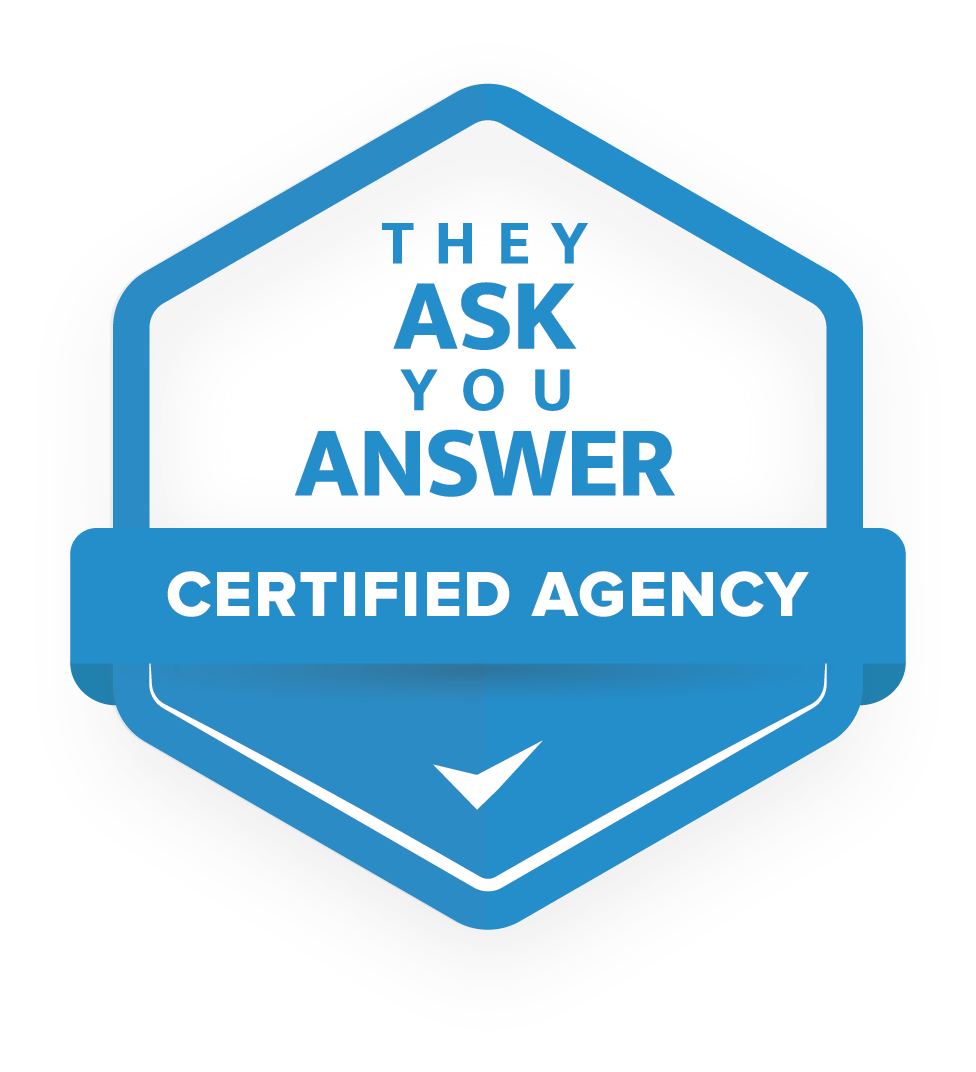Why you need a oneliner (and how to make one)

When someone asks you what you do, you have a chance to leave a lasting impression with potential clients. But instead, we often give uninteresting answers that don't stick with your listener, such as "I'm an accountant" or "I help companies with IT problems."
Recognizable? You're not the only one. Many business owners find it difficult to succinctly tell what they do in such a way that people remember them and are eager to learn more about what they do.
As a StoryBrand facilitator, I help entrepreneurs develop an effective one-liner. In fact, a good one-liner is an essential part of any StoryBrand implementation.
In this article, I'll show you how to create a oneliner that works. I cover the three elements that make up a good oneliner and how to use them in your business. After reading this article, you'll know exactly how to write a powerful one-liner that makes potential clients really remember what you can do for them.
This article is a translation/editing of the article Why Your Business Needs a One-Liner (And How to Craft A Great One).
An effective one-liner is a short, powerful sentence (or two) that explains why someone needs your product or service.
Why does a oneliner work?
But first, why does a oneliner actually work so well? The answer: because it is short and to the point.
A good one-liner tells a mini-story:
- There is a problem.
- You have the solution.
- This is how life gets better with your solution.
It's like saying to someone, "I see what you're up against and I have exactly what you need!"
This approach attracts attention because everyone loves a good story, especially when it comes to overcoming challenges.
As an example, take a fictional e-bike company. Instead of "We sell e-bikes," their one-liner might be:
With 110 people moving to Nashville every day, people are wasting more and more time in traffic. With a custom Circuit e-bike, you'll get to work faster and save more time.
This shows the problem (traffic jams), the solution (their e-bike) and the happy ending (saving time).
No one pays attention to a story until there is a conflict. If you start with the problem, people listen immediately.
The formula for a oneliner
Creating a good one-liner means knowing your target audience and what problem your product solves for them. If you have that in focus, you will attract people and hold their attention.
A oneliner consists of 3 parts: the problem, the product and the result.
Below I explain them.
Part 1: The problem
Begin your one-liner by clarifying what problem your customer is struggling with. What problem does your product solve?
There are two reasons to begin with the problem.
First of all, you immediately have the audience's attention. No one pays attention to a story until there is a conflict. If you start with the problem, people listen immediately.
Second, you start with the problem, because every customer (even if he doesn't know it) asks, "What problem are you going to solve for me?" When you give that answer, you become useful to the customer because you have something that helps him. Useful brands are not ignored, and the way you become useful is by solving a problem.
The e-bike example describes the problem this way:
With 110 people moving to Nashville every day, people are wasting more and more time in traffic.
The most effective problems to name are those that affect people personally and are recognizable to them.
Part 2: The product
Now introduce the solution to the problem: the product or service you offer. Keep it simple. You show that the annoying problem you just mentioned does not have to exist because of what you offer.
If you put down what you do as the solution to a problem, you immediately become useful to the customer. They pay attention because what you do helps them.
Look again at the e-bike example. The solution to the traffic problem is clear and simple: "With a Circuit e-bike customized..."
Make sure your product relates directly to the problem you have named, and shows that there is a way to take on this challenge.
People usually don't find out themselves how a product can change their lives. So you have to show them clearly what that bright future looks like.
Part 3: The result
End your one-liner with a bang by outlining how much better life is with your product. You want to show the results your customer experiences when they do business with you. Here you have people imagining a happier, easier or more productive life thanks to your solution to their problem.
You have to make this part very clear so that people can easily imagine themselves enjoying your product. If you don't, they may not understand how it helps them and forget about it. People usually don't find out themselves how a product can change their lives. So you have to clearly show them what that bright future looks like. Then they will remember your product and how it can make their lives better.
The final e-bike one-liner paints a picture of success: "You get to work faster and save more time."
Be sure to paint a vivid and specific picture of the positive outcome in this last section. Avoid general or vague language.
Making your one-liner an essential part of your business
Once you've created your one-liner, it's time to use it everywhere. This is not just about a ready-made answer to a question. It's about making people remember your company better and making you more attractive to them.
Here's how you do it:
Make sure you and your entire team know the one-liner by heart and use it. It should become a part of how everyone talks about your company, internally and externally.
Add your one-liner to all your marketing materials - your website, business cards, social media profiles and even your email signature. This keeps your message consistent wherever people find you.
Don't just leave your one-liner on paper. Use it in conversations, at networking events or anytime someone asks about your business. Practice makes perfect and the more you use it, the easier it becomes.
A strong one-liner turns a routine question into the beginning of a valuable relationship.
The impact of a strong one-liner
A solid one-liner does more than make you look smart. It makes people remember you. It turns a simple introduction into an effective way to demonstrate the value of your business. By clearly stating a problem, your solution and the benefits, you tap into what moves people: emotion and logic.
A good one-liner also helps you with a unified brand message. In a society where we are inundated with information, being clear and consistent helps you stand out. Think of your oneliner as a brief summary of why your company matters. It's a tool that you can use in all your marketing communications, ensuring that everything you say and do reinforces the same message.
Ultimately, a well-crafted one-liner is about making meaningful connections. It quickly and clearly shows how you can improve people's lives, turning a routine question into the beginning of a valuable relationship. By focusing on the problem, offering a solution and emphasizing the outcome, you're not "selling" - you're offering a solution to make people's lives better. And they remember and appreciate that.
At Buzzlytics, we see every day how companies are better able to get their message across with a clear one-liner. In a StoryBrand implementation, we are happy to help you create a one-liner that fits you and your business. Want to know more? Schedule an appointment with one of our consultants.
Related articles
May 30, 2024
-
Reading time: +/- 8 min








